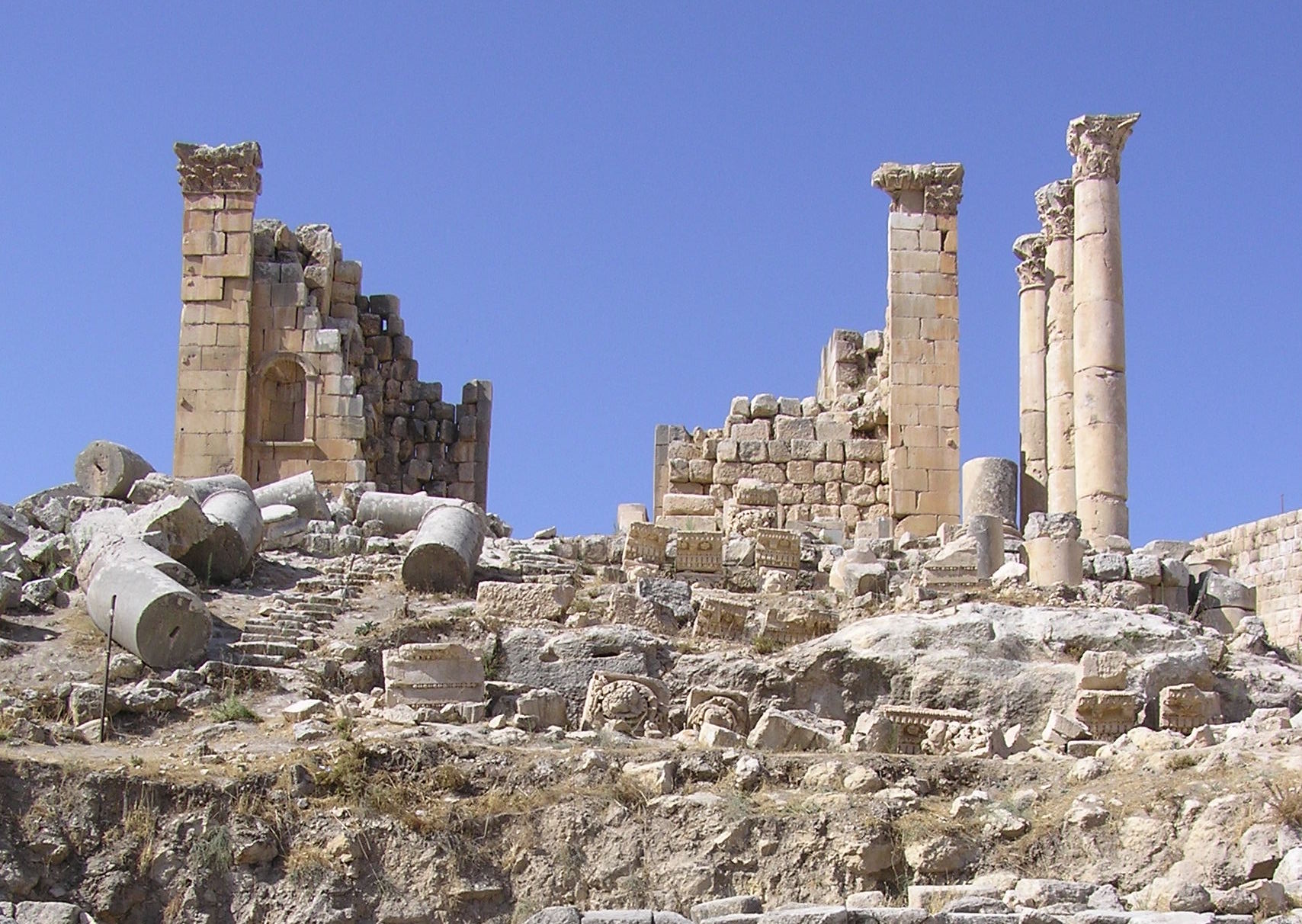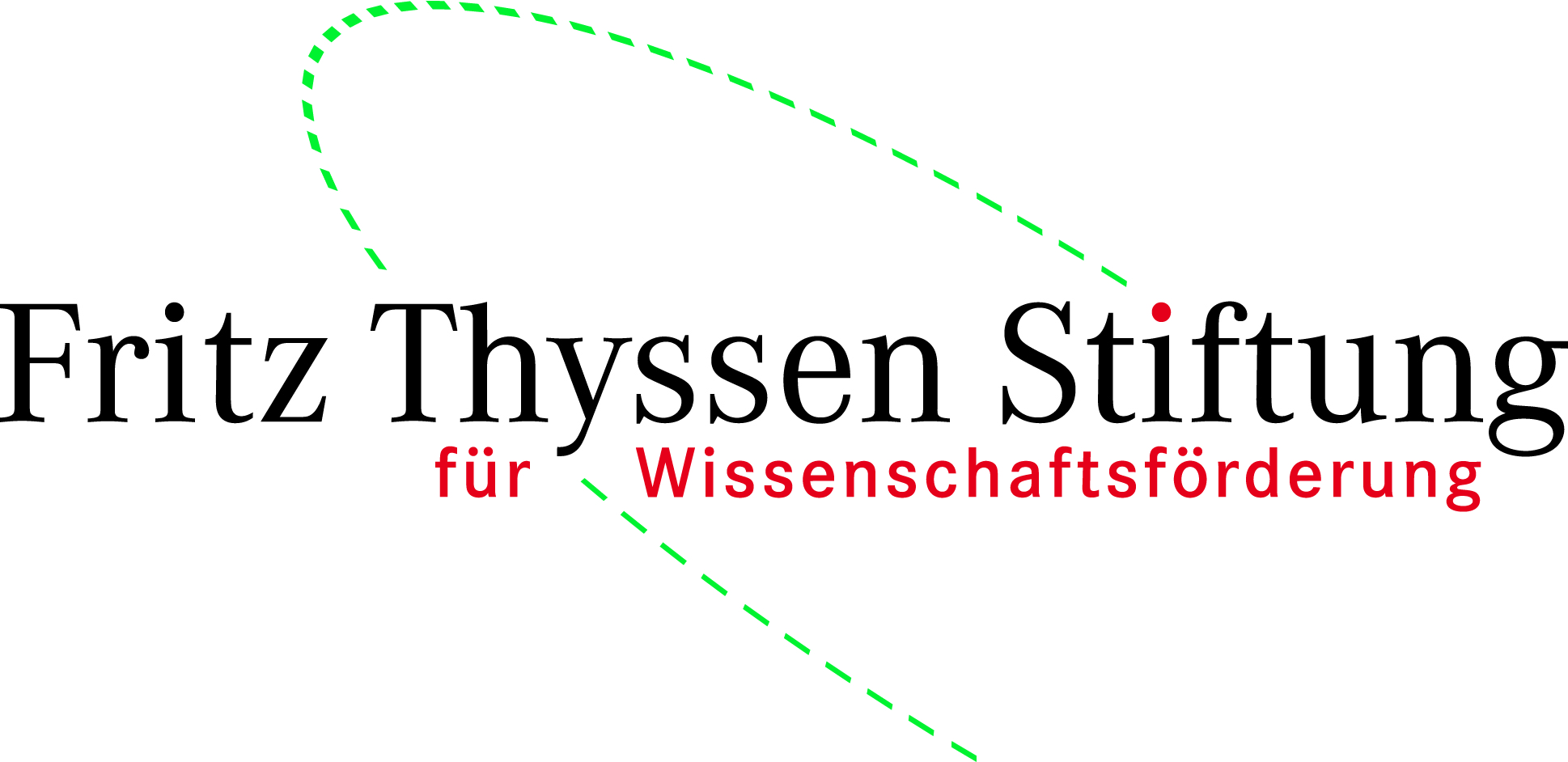The archaeology of seasonality - A summary
Summary of the archaeology of seasonality conference, by Assistant Professor Michael Blömer.




The change of seasons has a deep impact on human life. Seasonal variations dictate the availability of food, patterns of economic activity, travel, and costumes. Moreover, culturally determined seasonal events - religious holidays, festivals, and fairs - structure time over the year. Yet, the influence of seasons on past societies is a largely overlooked topic in archaeology. Especially in the history and archaeology of the ancient Mediterranean world, seasonality has received little attention so far. To tackle this issue, Rubina Raja and Achim Lichtenberger organised the conference “The archaeology of seasonality”, which took place at the Royal Danish Academy of Sciences and Letters at Copenhagen, October 17-18, co-funded by the Fritz Thyssen Foundation and the Centre of Urban Network Evolutions (UrbNet), Aarhus University. The aim was to discern and develop new methodological approaches to the study of seasonality, but also to discuss the challenges that come with such an endeavour. Scholars from different disciplines were invited to present and debate case studies that can shed light on seasonality in the ancient Mediterranean world.
Two main lines of inquiry dominated the presentations and discussions. On the one hand, the focus was on archaeological contexts that preserve a given moment in time and allow discerning the impact of the season in the material record. Crucial for this emic approach is an undisturbed, precisely dated, and well documentation archaeological context. Typically, catastrophic destruction events produce artefact assemblages that come closest to snapshots of time. Good examples are the late Umayyad houses that Achim Lichtenberger and Rubina Raja have excavated in Gerasa/Jerash, Jordan. They were destroyed by an earthquake in January 749 CE. In their paper, Lichtenberger and Raja discussed this intriguing dataset and its implications for the knowledge of seasonal activities as well as other evidence for the impact of seasons on the urban life in Gerasa.
The most prominent catastrophic event of antiquity is the eruption of the Vesuvius in 79 CE. Massimo Osanna (Soprintendenza Pompei) presented compelling evidence for a dating of the eruption in the autumn of 79 CE. Based on the testimony of Pliny the Elder, this event has traditionally been dated to August 24. However, a recently discovered graffito clearly points to date later in the year. As Osanna illustrated, this fits well with wide range of artefacts and biofacts from previous excavations in Pompeii that are related to the season of autumn.
Pompeii was also the focus of Penelope Allison`s paper (University of Leicester). She tried to trace seasonal behaviour in the houses and households of the city. However, the character of the legacy data available for research places serious limitations to the scope of this endeavour. The recording methods of previous excavations make it almost impossible to distinguish seasonal behaviour in the houses of Pompeii unambiguously. Allison also demonstrated how the identification of seasonal behaviour in the spatial arrangement of houses based on literary evidence is misleading.
Another volcano eruption with archaeological implications was the eruption of Santorini (Thera) in the Bronze Age. The precise date of the eruption is still a cause of disagreement. Felix Höflmayer (Austrian Academy of Sciences) discussed the archaeological evidence, the textual records, and the results of scientific analyses that provide information about the eruption event and its date. His main aim, however, was to determine the season of the event. Reviewing the different datasets, he concluded that the eruption happened in early summer and elaborated on the season-specific implications of the event for the larger Eastern Mediterranean world.
Lisa Nevett (University of Michigan) looked for the impact of seasonality in the archaeological evidence of Olynthos, a Greek city that was destroyed in 348 BCE by the Macedonian king Philipp II. Yet, even though preservation conditions are good and the date of time of the destruction is known, various factors as the protracted destruction process after the abandonment of the city, the multi-functionality of space, the special circumstances of the siege situation, but also the imprecision of legacy data, make it difficult to extract precise information about seasonal behaviour. However, Nevett also highlighted the importance of new scientific techniques that are about to increase chronological resolution significantly.
Jesper Olsen (Aarhus University) further elaborated the potential of refined dating methods. He focused on the improved calibration curves in radiocarbon datingthat help to establish precise chronologies. Olsen highlighted how the detection of solar flare events in dendrochronologically dated tree rings rapidly increases the resolution of radiocarbon dating.
A second main line of inquiry was the detection and interpretation of recurrent seasonal patterns and their long-term effects on cultures and societies. In a diachronic perspective, the effects of seasons on the rhythm of life can frequently be traced with more confidence than this is possible for punctuated events. This does not imply, however, the notion that external factors like climate and ecology determined human behaviour. Steve Rosen (Ben Gurion University of the Negev) showed in his paper how rising social complexity, innovations, and an increasing entanglement with neighbouring regions changed the habits of the nomads living in the Negev desert over the long term. While the environmental conditions remained largely identical over thousands of years, the response of nomads to seasonality changed over time.
Erica Rowan (Royal Holloway London) focused on seasonal diets and seasonal consumption patterns. The availability of food obviously changed over the year. However, Rowan also explored the various strategies that were developed to overcome the restrictions that seasonality imposed on food supply. Different techniques helped to preserve food products over weeks or even months. Rowan also emphasised how specific tastes and diets patterned the cycle of the year and were important elements in the formation of identities.
Werner Tietz (University of Cologne) discussed the ramifications of seasonal changes for the organisation of labour in the Roman agriculture. At certain times in the year, demand of workers increased significantly. To cope with seasonal demand patterns, landowners had to develop specific strategies. By analysing written and archaeological sources, Tietz identified the five most prevalent strategies and analysed their wider impact on urban and rural societies in the Roman world.
Two papers dealt with seasonality in sanctuaries and the impact of recurrent religious celebrations. Jan Kindberg (The Danish Institute in Rome) presented evidence for seasonal patterns of worship in the region of Timpone della Motta, Northern Calabria. His case study was based on the analysis of different religious sites that were in use from the Bronze Age to the end of the Archaic period. Some of them were located in caves high up in the mountains. Kindberg analysed how seasonal changes in accessibility and the seasonal movement patterns of transhumance might have structured the ritual behaviour of the people living in the region.
Michael Blömer (Aarhus University) illustrated how the analysis of sacrificial remains from the sanctuary of Jupiter Dolichenus in Doliche, South-East Turkey allow for the reconstruction of seasonal rituals. The archaeozoological record implies a large annual festival with massive holocaustic sacrifices took place in spring. Blömer suggested that this festival caused a seasonal demand cycle that had an impact on the life of a large number of people. It affected economic patterns and required the provision and maintenance of infrastructure. Moreover, the recurrent presence of a large number of people at the same place and at the same time of the year made the festival attractive for merchants who wanted to sell their goods.
Anke Walter (Newcastle University) discussed Ovid`s Tristia and the Epistulae ex Ponto and illustrated that the perception and the representation of seasons and time is not exclusively determined by physical realities but also shaped by individual sensivities. Through a close reading of the texts, which the author wrote during his exile in the black sea city of Tomis, she demonstrated the eminent role of the evocation of seasons to display his isolation. Ovid manipulates time and creates an idiosyncratic cycle of seasons that is in asynchrony with the cycle of seasons in distant Rome.
The papers and the rich discussions that ensued clearly proved that seasonality is a new and exciting avenue of research in the study of the Mediterranean world that requires much more attention. At the same time, it became apparent that limitations and restrictions of the archaeological dataset frequently prevent firm conclusions about seasonality. The most promising way to overcome these limitations seems the application of a high definition archaeology that combines contextual approaches to the material record with scientific techniques.
The contributions to the conference will be published in an edited volume with Brepols in the series Studies in Classical Archaeology.
